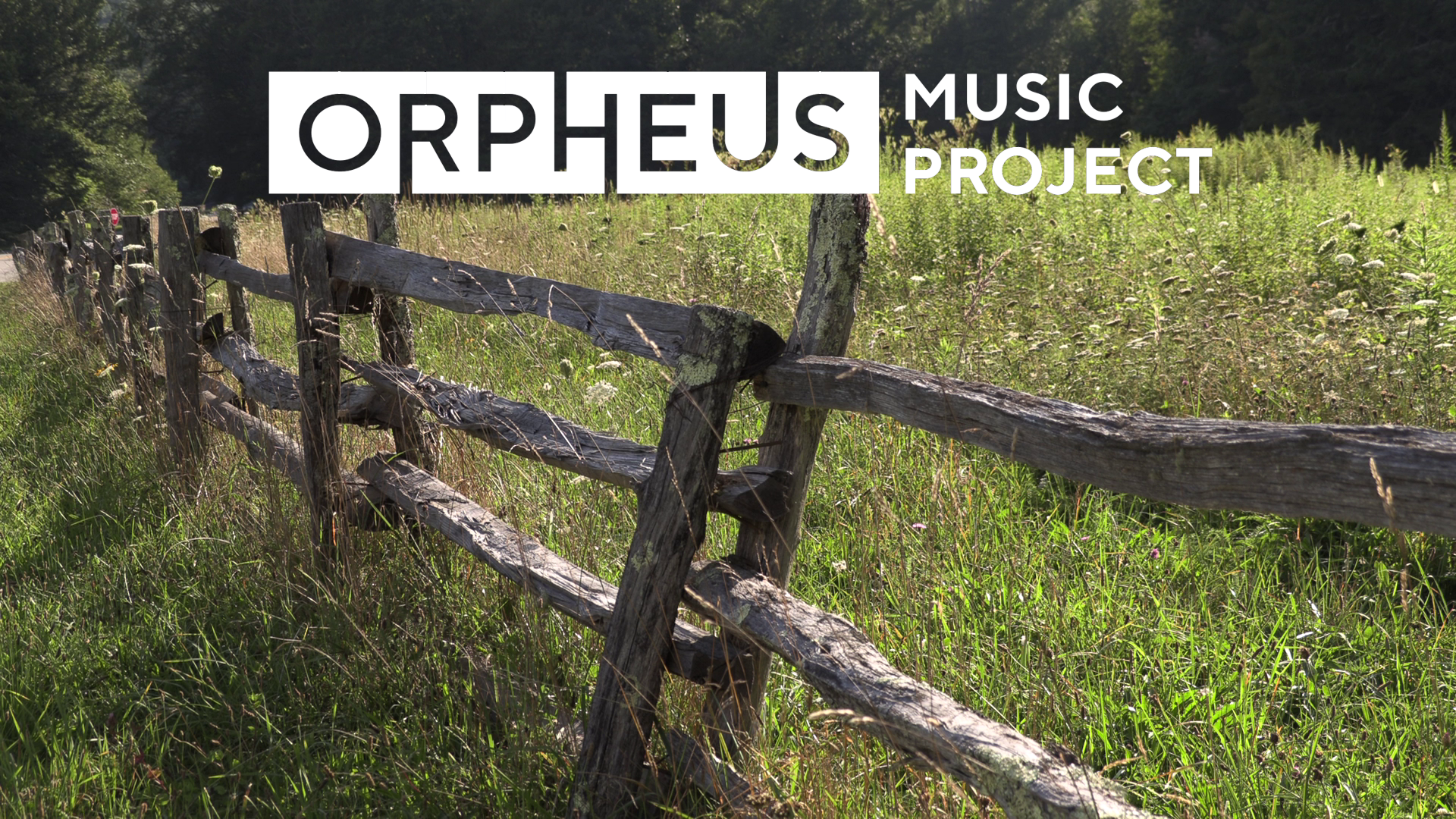The first project undertaken by Orpheus Music Project is an music drama adaptation of the historical novel “The Ballad of Frankie Silver” written by Sharyn McCrumb. Composer Craig Carnahan has set the libretto to music.

You’ve composed nearly 100 pieces. You’ve won awards for and are well-known for your beautiful and unique choral treatments. How did that prepare you to create Requiem for Frankie Silver?
The vast majority of the music I’ve written is choral and/or vocal. While there’s quite a bit of difference among those pieces, the common denominator is that they all involve setting text—often poetry, sometimes prose. The libretto for “Requiem for Frankie Silver” includes examples of both types and includes solo vocal passages as well as large choral sections, which allowed me to draw on my experience of setting words to music.
Throughout my career I’ve been drawn to words. In many ways they’re the key that unlocks the door, in that the text informs virtually all of the musical elements of the piece: tempo, mood, structure, dynamics, length, etc. As such, the music I write needs to serve the words and be true to their intent. That has always been my belief and was the approach I used in setting the texts in “Requiem”.
You’ve said that you want to stay true to the story. How does that inspire the music that you write?
First and foremost, this is a story about Frankie Silver and the tragic events of her life. Her story is true and it would be yet another injustice to her and her memory if this piece isn’t accurate or authentic.
This is a musical drama, not a musical comedy; there isn’t a fairytale ending. And even though much of the story is difficult to hear, it’s vital that it be told clearly, so that the music doesn’t get in the way of the audience’s ability to grasp the reality of Frankie’s life.
To help accomplish that I used a fair amount of recitative in the piece. That term refers to a musical technique in which the accompaniment is kept minimal in order to allow the voice to emphasize the natural rhythms and cadences of the language. Much of the dialog that helps propel the story is treated in this way.
Requiem for Frankie Silver beautifully blends musical genres with some interesting instrumentation, including a guitar. Tell us a little bit about how you made that happen and why.
There are three distinct musical styles present in the score:
The first I refer to as “found music,” which means folk songs and hymn tunes that already exist—including “The Ballad of Frankie Silver”, which is an actual folk song that is quoted at several points in the piece. In an effort to treat it accurately, I decided to use instruments that are often associated with folk music: guitar, fiddle, double bass, and drums.
The second is the recitative style I described above. It accompanies much of the dialog in the piece and is designed to support—and sometimes punctuate—the vocal lines to underscore their dramatic intent. I used marimba, vibraphone, and xylophone extensively in those sections.
The third, and probably most distinctive style, accompanies the various sections of the Requiem Mass that are strategically placed throughout the work. Virtually all of these are scored for chorus—sometimes a cappella, sometimes accompanied by the full orchestra. Unlike the rest of the libretto, which is in English, these sections are sung in Latin and bring a liturgical element that dates back multiple centuries to the piece. There is an epic quality to these texts and they add a unique aspect to the dramatic structure that I wanted to highlight with music that is much different from the music in the rest of the score.
How do you want your audience to feel during and just after hearing this piece performed?
I’m always hopeful that my music connects emotionally with the audience. In this case, I hope they are moved by Frankie’s story and the way we’ve told it. I hope they feel empathy for her and are angered by the injustices she suffered. And I hope they leave with a renewed sense of urgency about the need to address the inequities that still exist in our judicial system.
